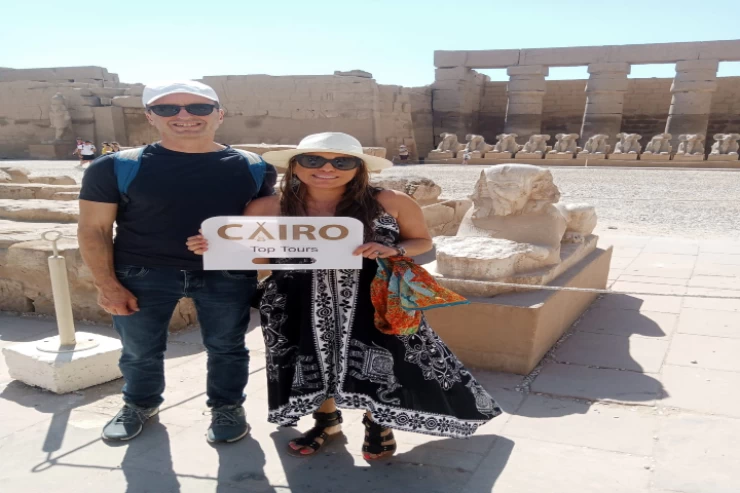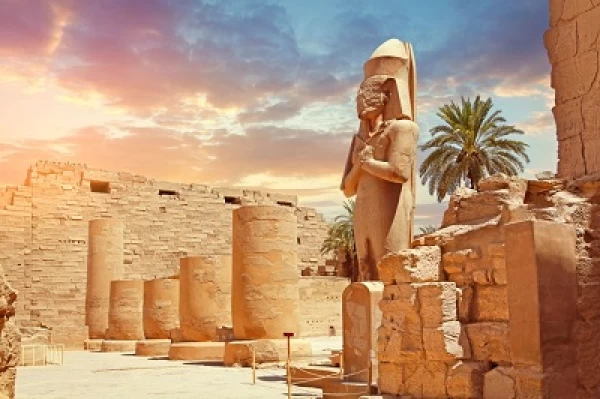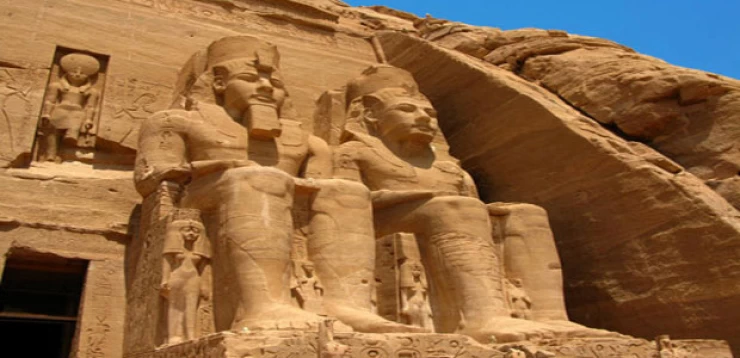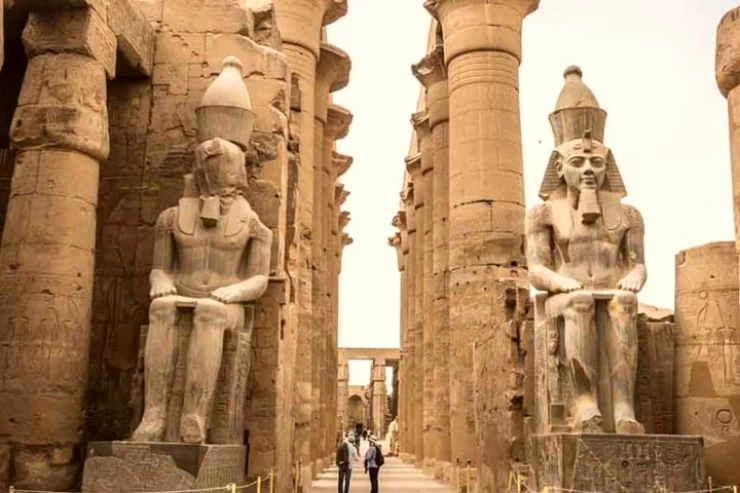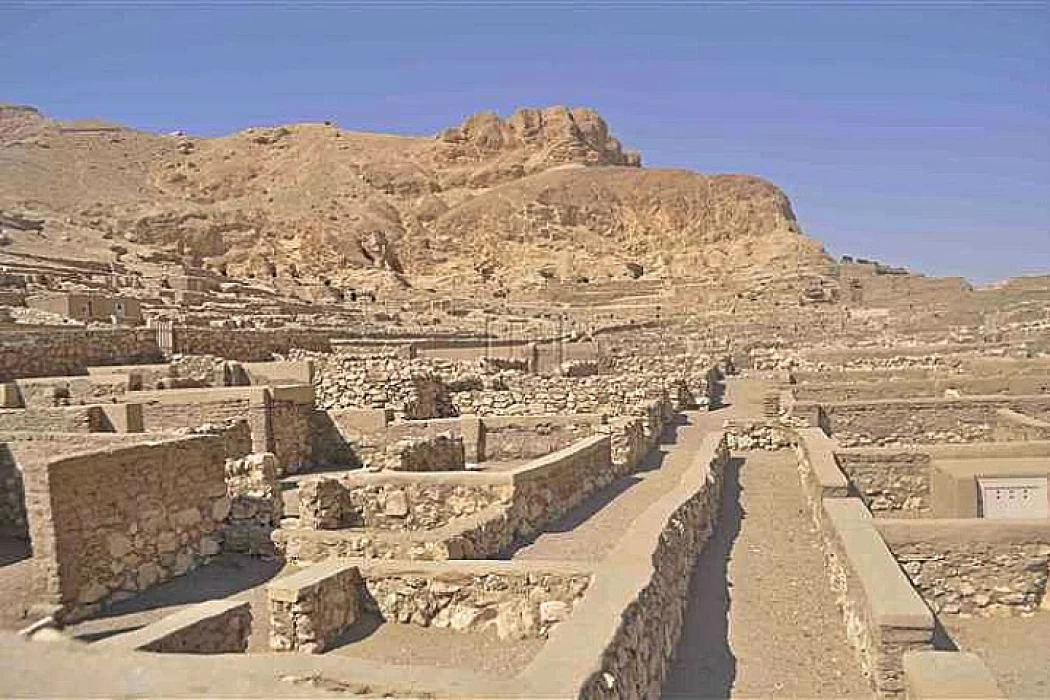
Deir El-Medina in Luxor
Deir El-Medina in Luxor
Set-Maat, or "The Place of Truth," also called Deir el-Medina, sits near present-day Luxor (ancient Thebes) on the Nile's west bank. This old settlement goes back to Egypt's 18th Dynasty. Skilled craftsmen and workers who built the tombs in the nearby Valley of the Kings lived here. People kept the village out of the way, reachable by twisting paths, to guard the secrets in the graves.
Today, people know Deir el-Medina for how well it has lasted giving us a clear look into the daily lives of ancient Egyptians. The site shows us a lot about the past with its well-designed tombs and houses that have stood the test of time.
Deir el-Medina came to life during Amenhotep I's rule and thrived when Pharaohs Amenhotep III and Akhenaten held power. This old town gave shelter to talented artists who built and beautified the tombs in the Valley of the Kings. These craftsmen worked in special groups, and you can still see their detailed work in the tombs today.
The town had a tight community that kept thorough records on pottery shards and papyrus giving us a peek into their everyday lives and what they believed. Even though it did well, people left Deir el-Medina by the 20th Dynasty because of wars and money troubles.
When you visit Deir el-Medina, you get a rare look at life in ancient Egypt. The well-kept buildings and art help you feel close to the past. If you're checking out Luxor, you should stop by to soak up some rich history.







